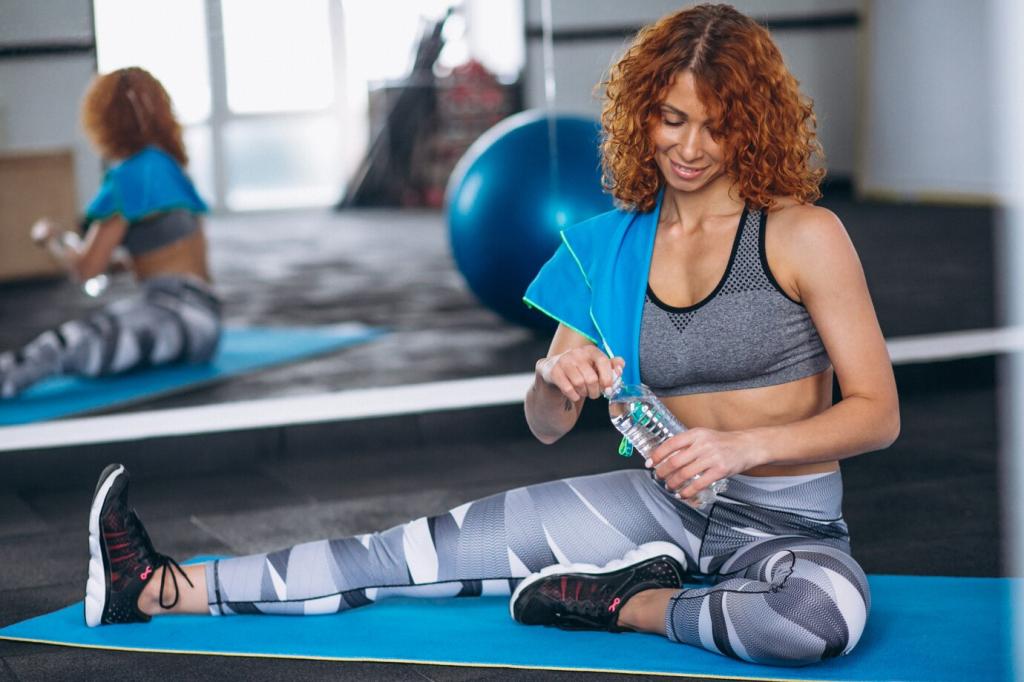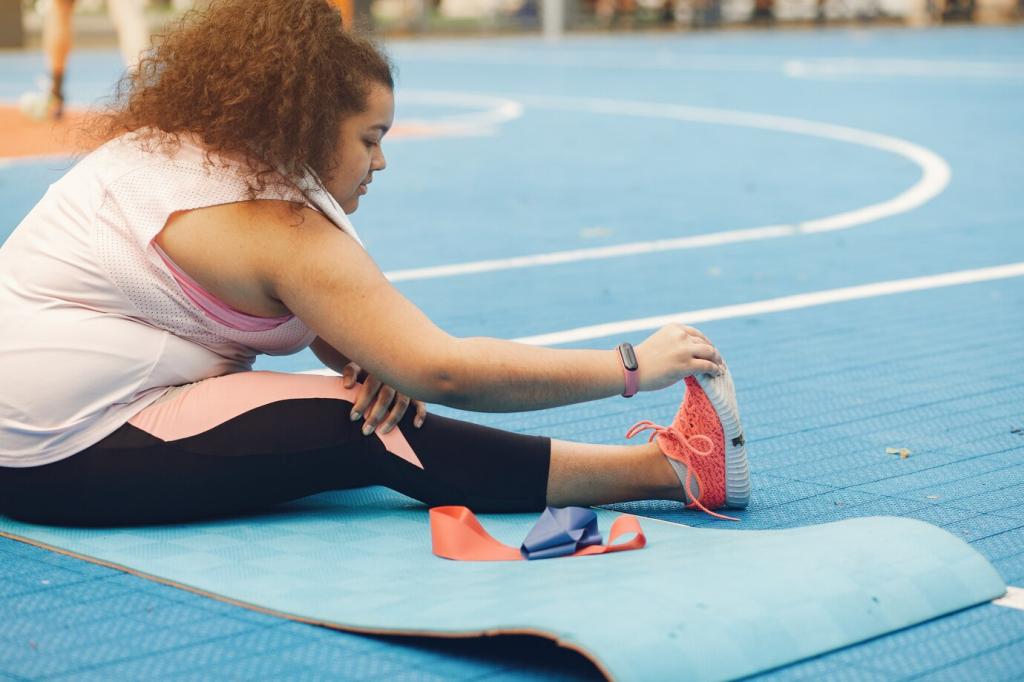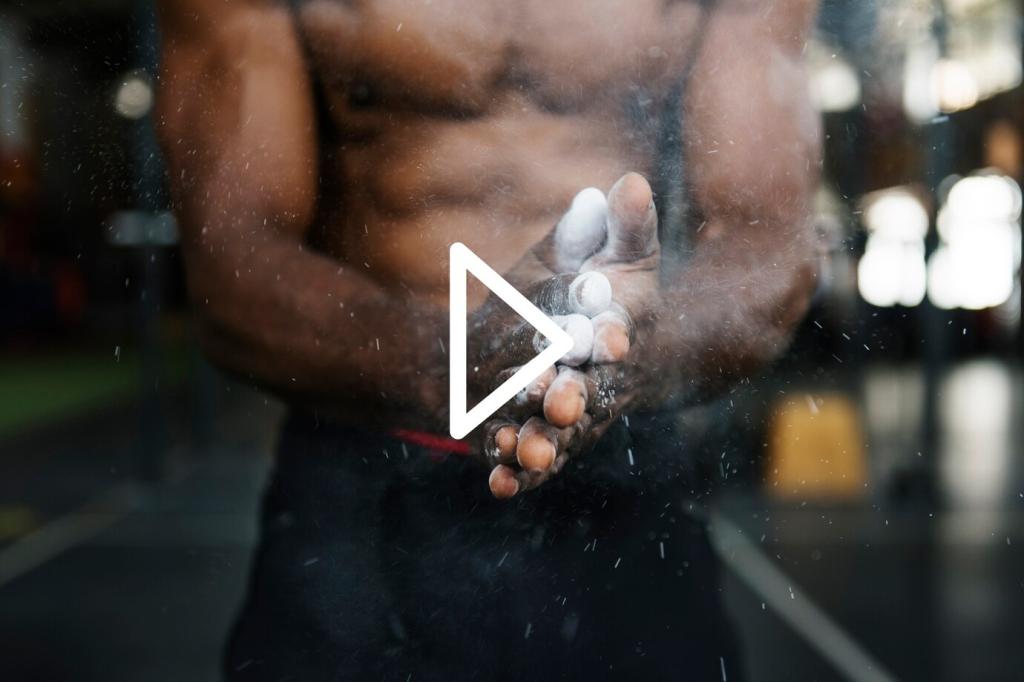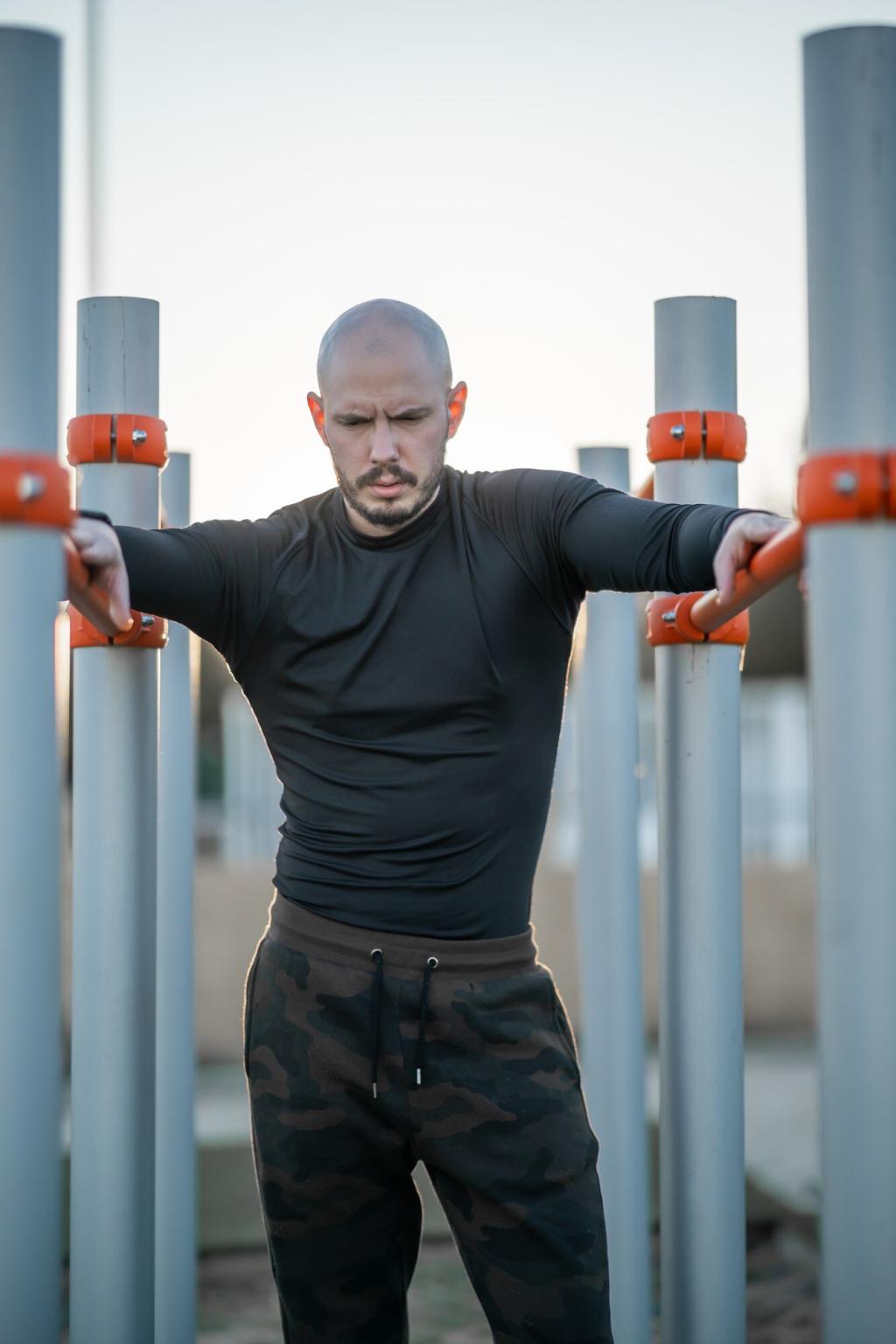Cardio Without Dread: Find Your Pace and Joy
Use the talk test. At moderate intensity you can speak in full sentences; at vigorous intensity only short phrases. Beginners usually aim for moderate. This intuitive method keeps heart rate safe and effective while tailoring effort to how you actually feel, not just arbitrary numbers on a screen.
Cardio Without Dread: Find Your Pace and Joy
Try 60 seconds easy, 60 seconds brisk, repeated 8 to 10 times after a gentle warm-up. As stamina grows, extend the brisk portion or shorten recovery. This interval approach keeps workouts interesting and measurable, making improvements easy to notice in your tailored beginner routine week by week.





